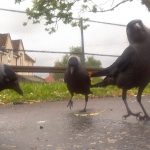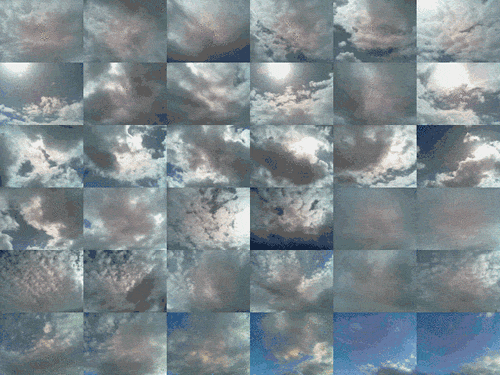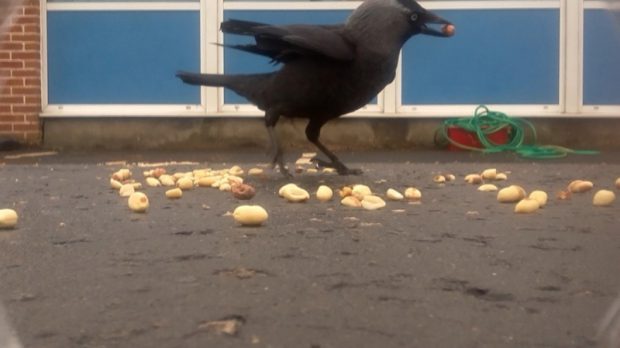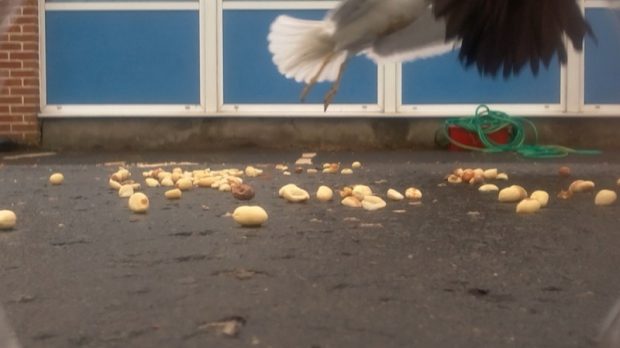A short walk in the Campsies 2018-06-17
walkmapIn the pink
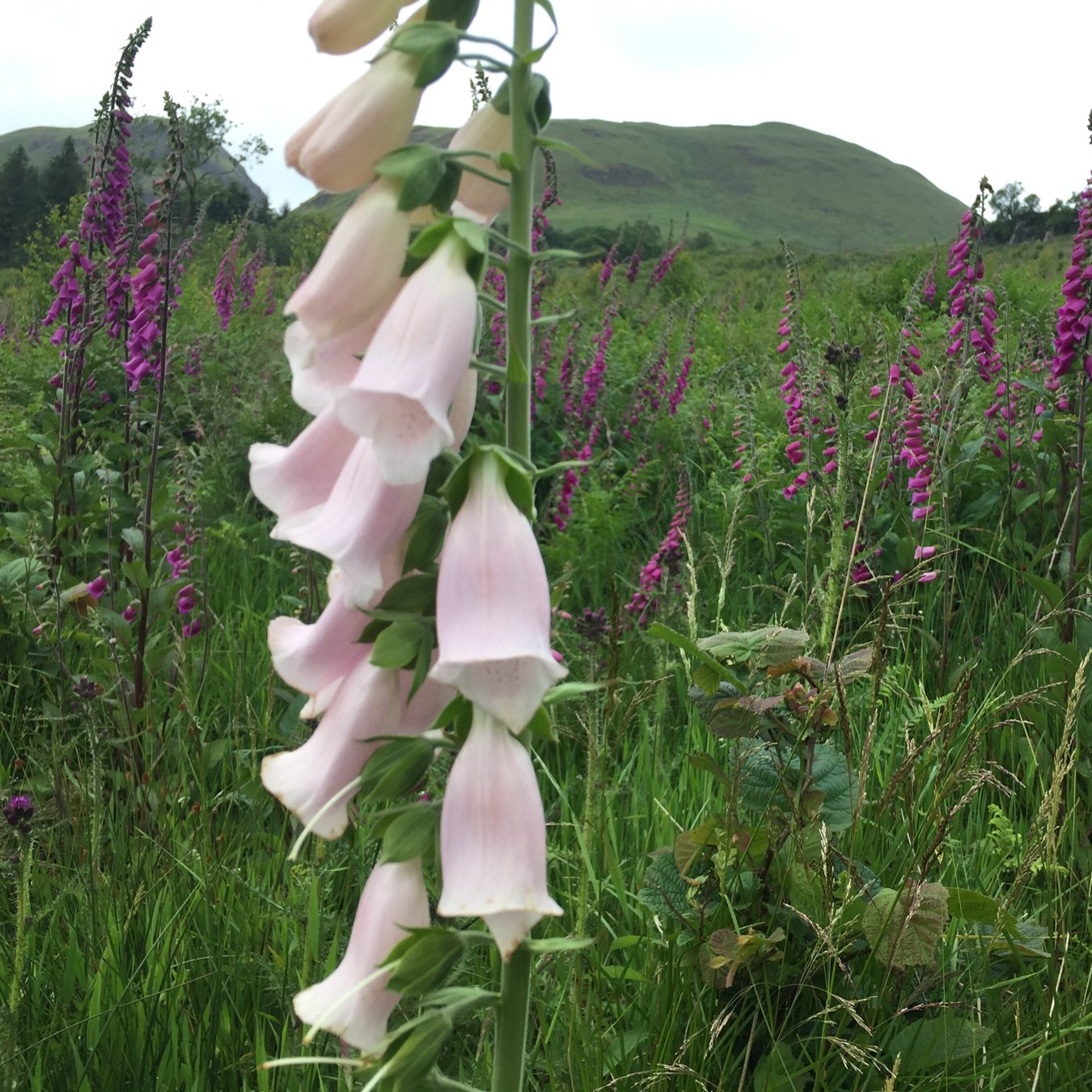
📚 Circe by Madeline Miller ★★★★★ A wonderful read. Best thing I’ve read for a long time.
In this episode, Chris and I discuss how Post Kinds mapped Indieweb types of posts to the WordPress system and why, the defined as opposed to implied types set up, and avatars. While this is very WordPress centric, there are a lot of discussions here relevant to a broader Indieweb audience about add...
I’ve enjoyed the first 2 thirds of this (will get the third on my next drive home). Of particular interest was the way David Shanske has developed the Post Kinds plugin to be easily extendable by making another plugin. 👍 I’d like to have a ‘walks’ post here with custom content (gpx track and gallery like these). I wonder if I could manage that? Perhaps over the summer.
More from #mynaturewatch #raspberrypi camera in the playground
More jackdaws today using our #mynaturewatch #raspberrypi camera in the playground. We were trying to get some smaller birds. Also found the camera fired as feeder swung in the wind. 📷
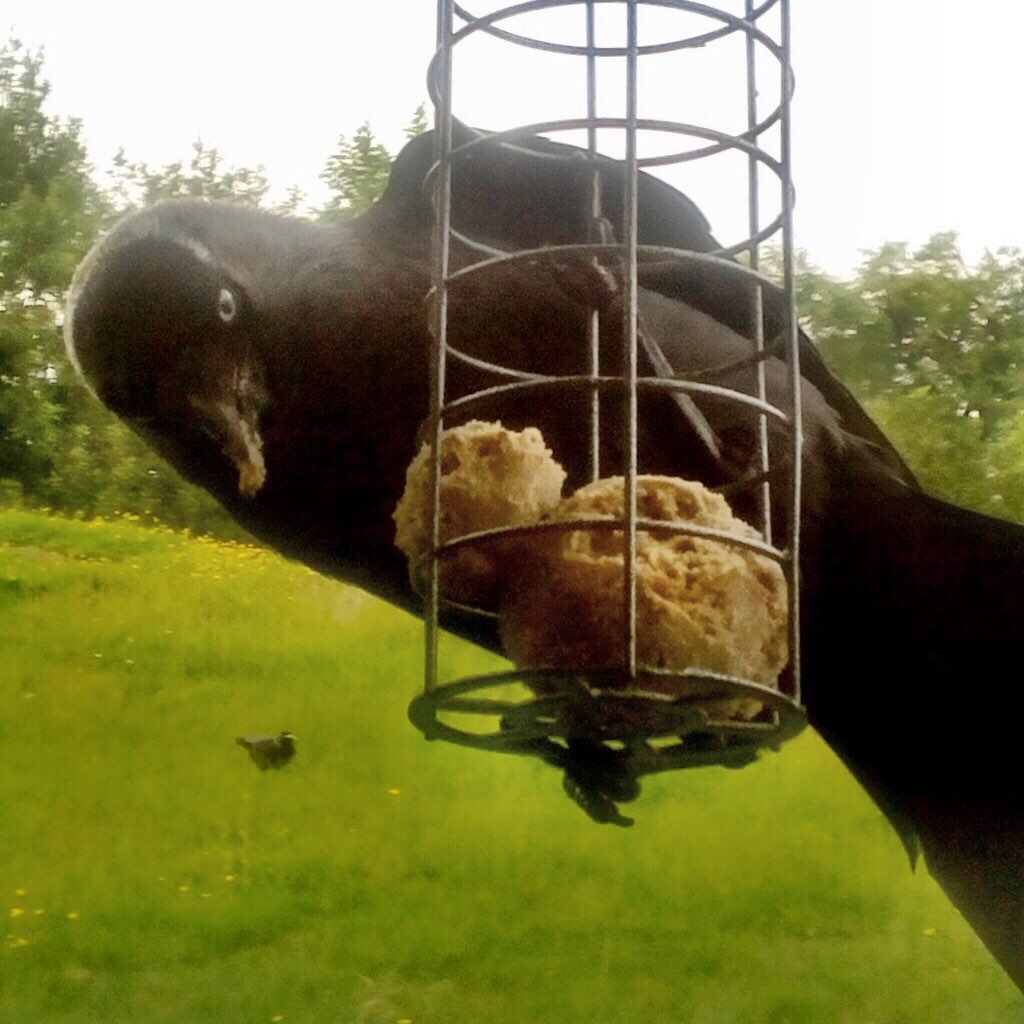
Naturewatch Camera in the class 1st Try
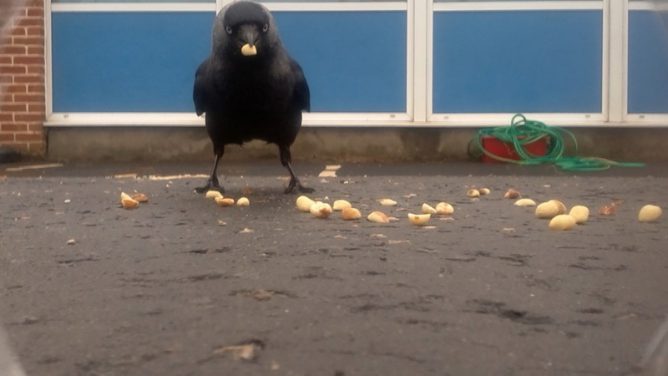
I was watching spring watch out of the corner of my eye as I did some prep last night. There was an article about making your own Wildlife cam. It looks a lot simpler than others I’ve seen and used a Raspberry Pi Zero. The BBC site had a link to My Naturewatch where you can get instructions.
This looked like something my class would enjoy using. My zero is busy taking gifs of the clouds (>70000 to date Gif Cam), so I decided to try to use a Raspberry PI 3 instead.
The instructions were really good, simple and worked first time! No soldering involved. You don’t need a monitor for the PI or any logging on through ssh in the terminal. All you need is a PI, a camera module for the PI and a power supply. I used a £2.99 phone charger. You need a plastic box and an old plastic bottle too. This is bargain basement stuff.
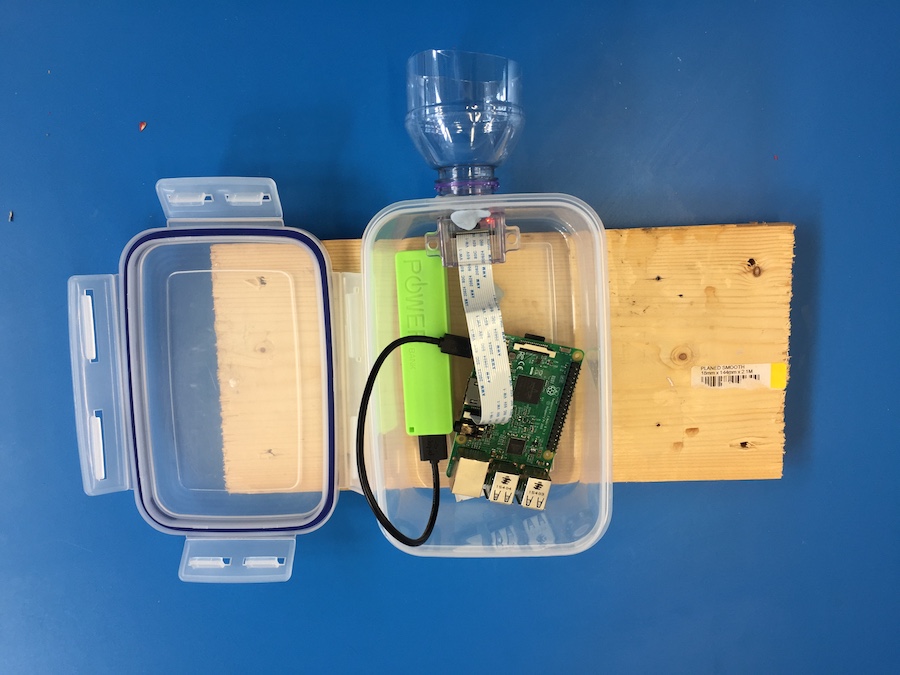
The way it works is the then the pi starts up it becomes a network. You connect to this with a computer or other device. You are then on that network and not the Internet. I forgot about this when showing the class and couldn’t project from an iPad;-) You then open a browser and connect to a local website on the PI. There you can start the camera and view or download the pictures.
Once the camera is started it takes a photo every time something moves in front of it.
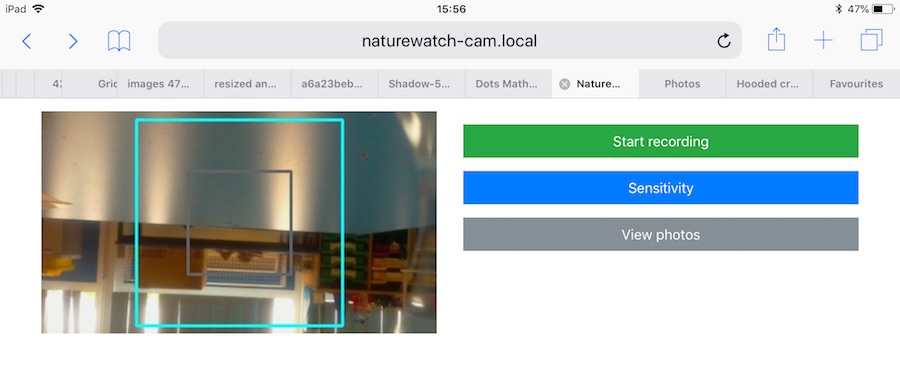
It was raining fairly heavily this morning so we waited till about 10:15 before putting the camera out on the playground with a handful of peanuts in front of it. After 15 minutes we collected it and had a look at the photos. I am impressed. We need to think a bit about placing the camera, perhaps finding somewhere with smaller birds but the camera worked a treat.
I think this is a really useful tool for the classroom. I hope we can use it to catch some butterflies on sunnier days too. I have had a few failures with hardware Raspberry PI projects. I prefer software ones but this is certainly the most impressive for the least about of work I’ve tried. I’d recommend it highly.
Just put together and tested Naturewatch Daylight Camera using a raspberry pi 3 to take into school, very straightforward. Hope pupils can make housing and get some bird pictures.
Schools, teachers and learners struggle with challenges in many shapes and forms when it comes to digital portfolios.
Comprehensive look at these challenges. Lots of suggestions.

